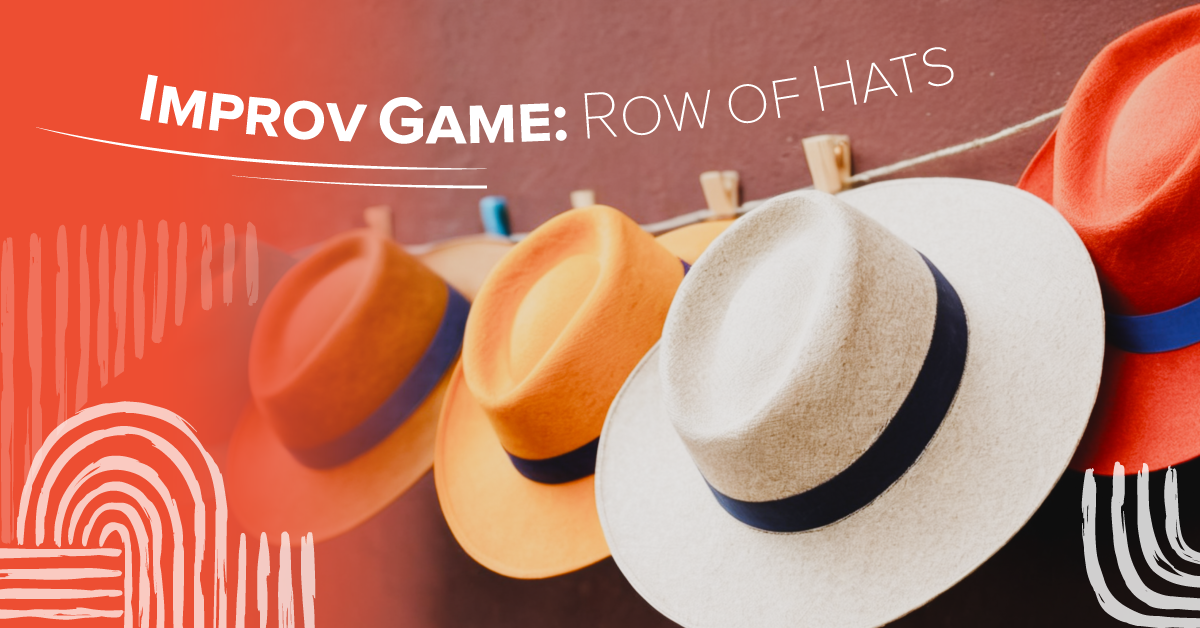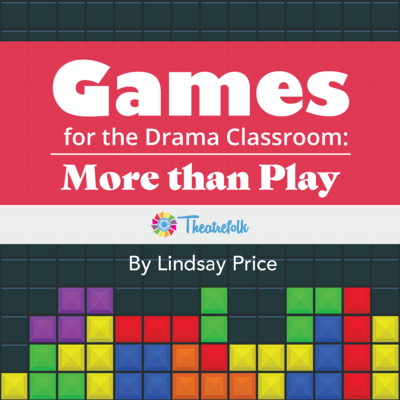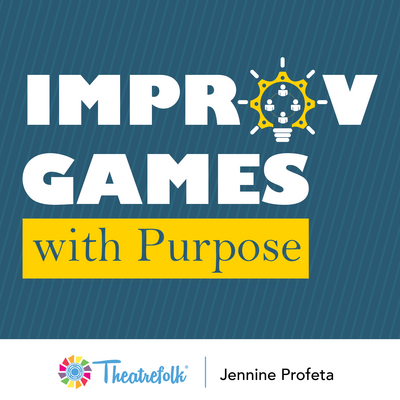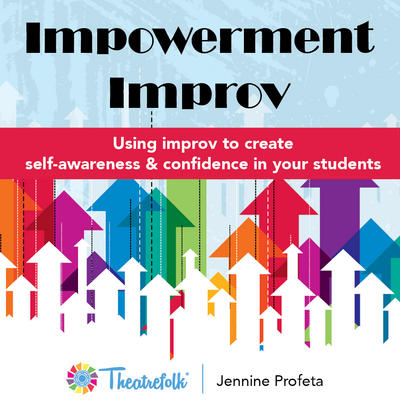Improv Game: Row of Hats
This improvisation game challenges students to think quickly: grab a hat and create a character name, some personality traits, and their voice and signature gesture. This exercise is all about putting yourself out there, experimenting, letting go of expectations, taking risks, and trying again. There are no wrong answers in Row of Hats; only exploration and potential laughs!
This game can be played in various stages. If your students are new to drama class or inexperienced, feel free to stay at Stage 1 and keep practicing. Once they feel more confident, have them explore further stages. For experienced drama students, feel free to jump to whatever stage you think is appropriate for them.
You’ll need a minimum of five different kinds of hats: baseball cap, newsboy cap, Santa or elf hat, top hat, fascinator, veil, beret, bucket hat, beanie or toque, cloche, fedora, cowboy hat, bowler hat, sunhat, fez, visor, chef’s hat, helmet, mortarboard, party hat… the options are only limited by your costume stocks!
For each stage, you’ll start by lining up a row of five hats on a long table, on the edge of the stage, or on the floor. One by one, students will approach the hat at the end of the row, put it on, perform the task required, remove the hat, put it back on the table, and move down the row to the next hat. Repeat for each hat until students have tried on all five hats.
Stage 1: For each hat, introduce yourself out loud to the rest of the group. Give your character a name and a greeting. Include a unique voice and gesture.
For example, wearing a cowboy hat: “Howdy folks, my name’s Jessie. Nice to meet ya.”
Stage 2: For each hat, introduce the character’s name and greeting, using that character’s unique voice and gesture (as in Stage 1). Tell the class something your character does or likes.
For example, wearing a mortarboard: “Good afternoon, students. I am Professor Draconis and I study astronomy. My favourite constellation is Ursa Major.”
Stage 3: For each hat, introduce the character’s name and greeting, using that character’s unique voice and gesture (as in Stage 1). Tell the class something your character does or likes. Answer a question in character, posed to you by a classmate.
For example, wearing a beret: “Bonjour, my name is Pierre. I am a famous French pastry chef.” “What is your favourite thing to bake?” “Bien sur, my favourite thing to bake is chocolate croissants, of course!”
Stage 4: Once the first student has moved down the row to the second hat, have a second student put on the first hat. Have the two students interact with each other in character. The second student can either continue acting as the first character that the first student created, or create a new character. Continue down the row, changing characters with the different hats, while continuing to interact with the second student.
For more fun experimenting with character creation, try Exploring Different Voices Using Puppets, Masks, and Props.
Related Articles
Games for the Drama Classroom: More Than Play
by Lindsay Price
A collection of games and activities that go well beyond the notion of "play."
Improv Games with Purpose
by Jennine Profeta
Improv games including feedback suggestions and questions, game variations, teaching tips, side coaching tips, entry prompts, exit slip questions, and more!
Your High School Improv Show Playbook
by Jim Hoare
Have you wondered how to take improv to the next level with your students? Your High School Improv Show Playbook is the "how-to" guide for you! Empower students to present their first improv show that is fun and entertaining for all.
Impowerment Improv
by Jennine Profeta
Using improv to create self-awareness & confidence in your students







